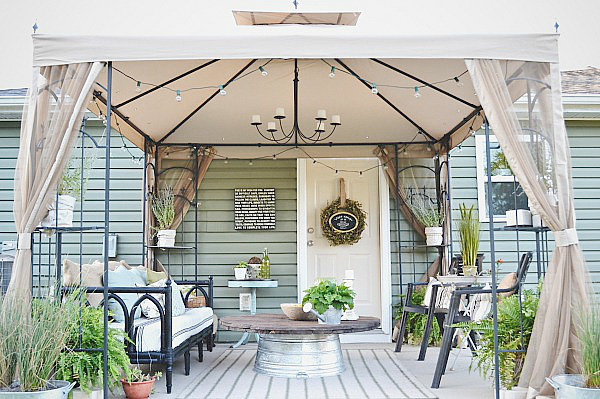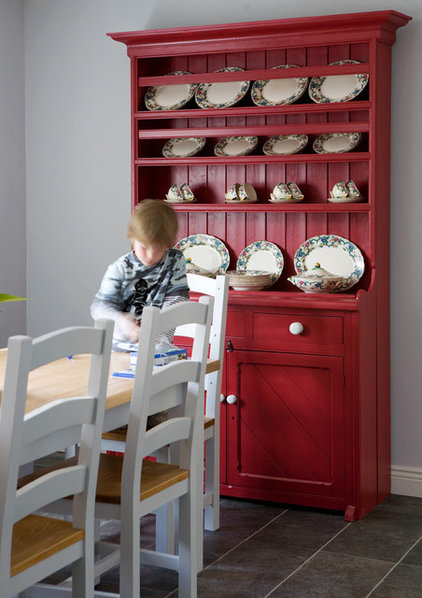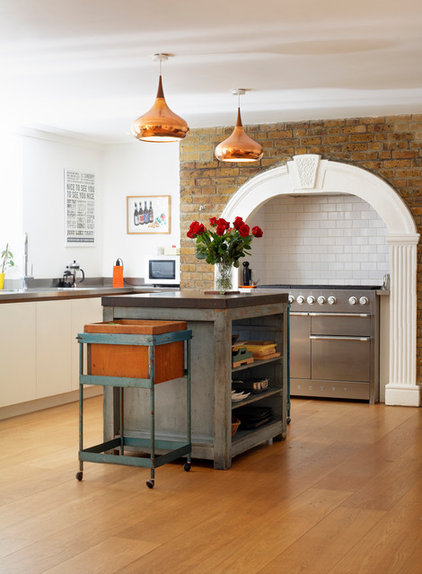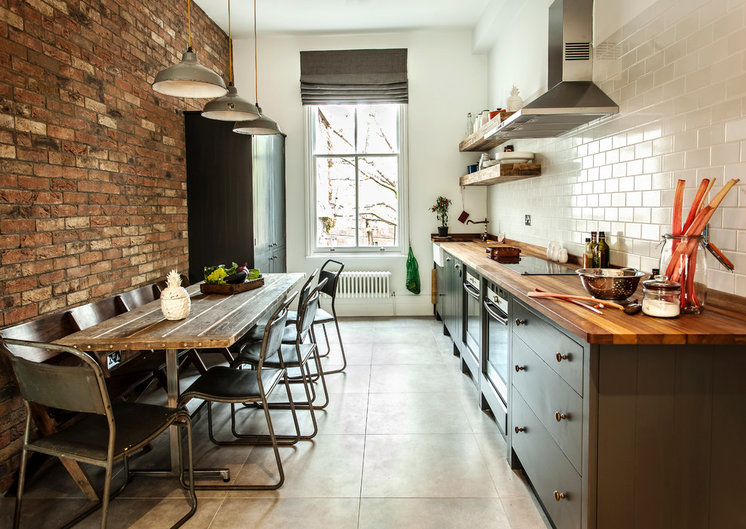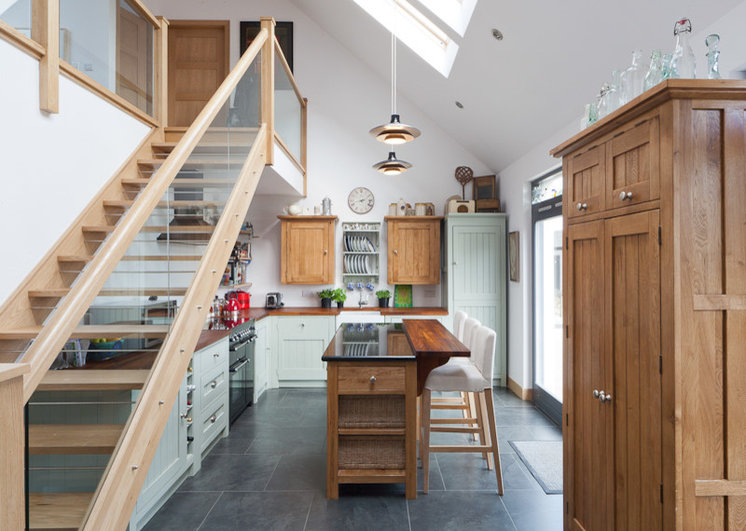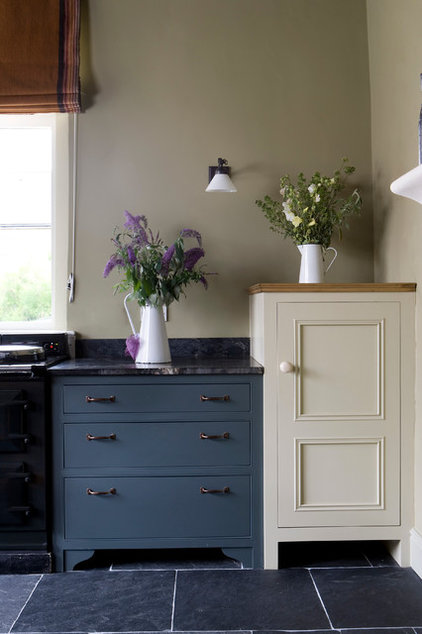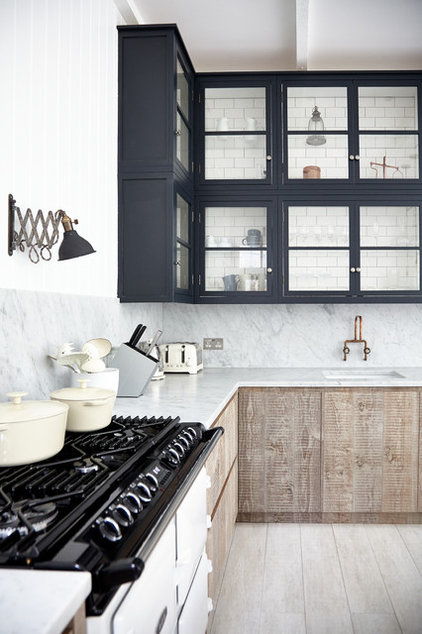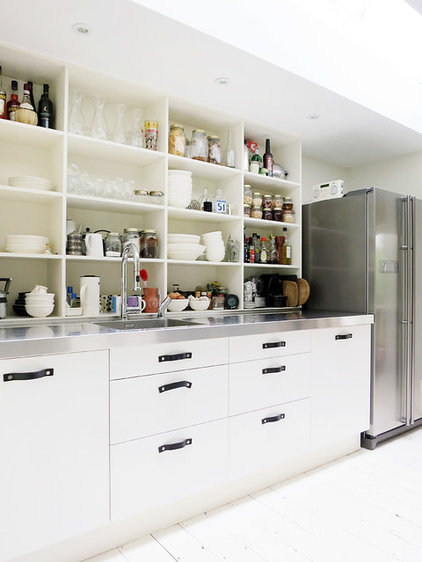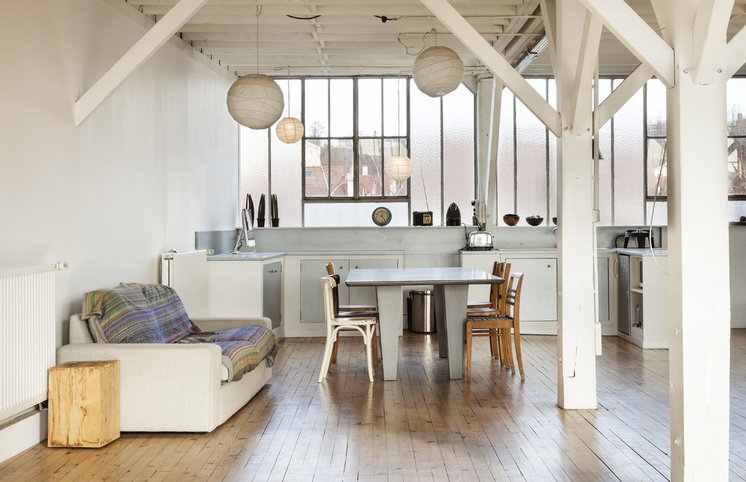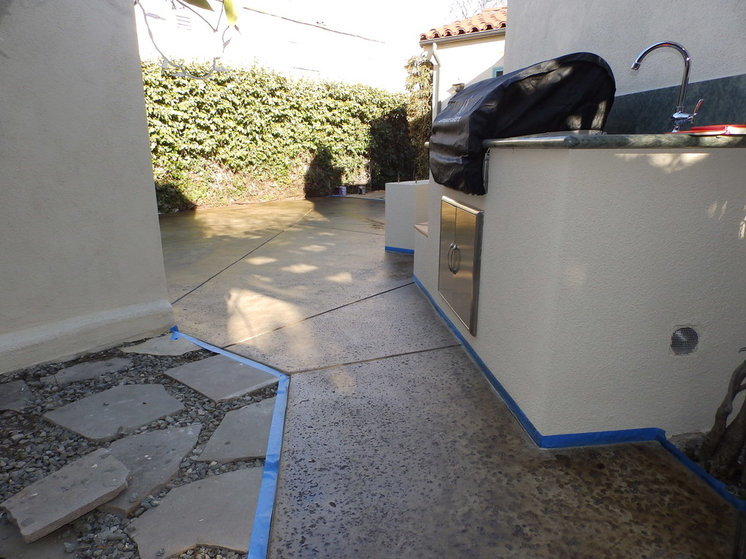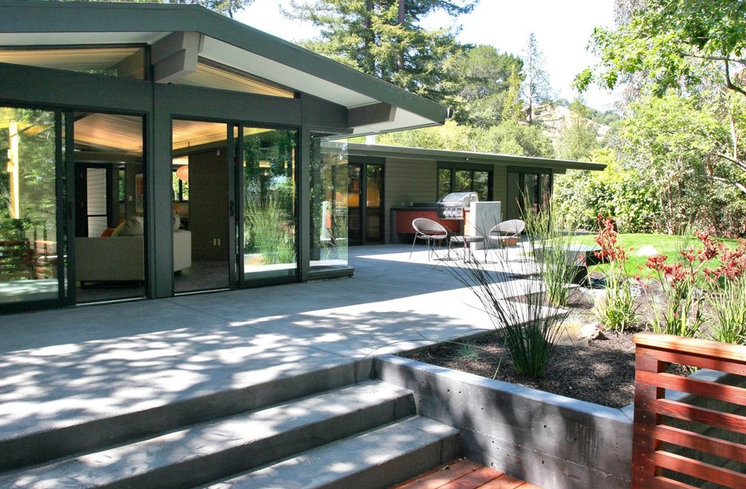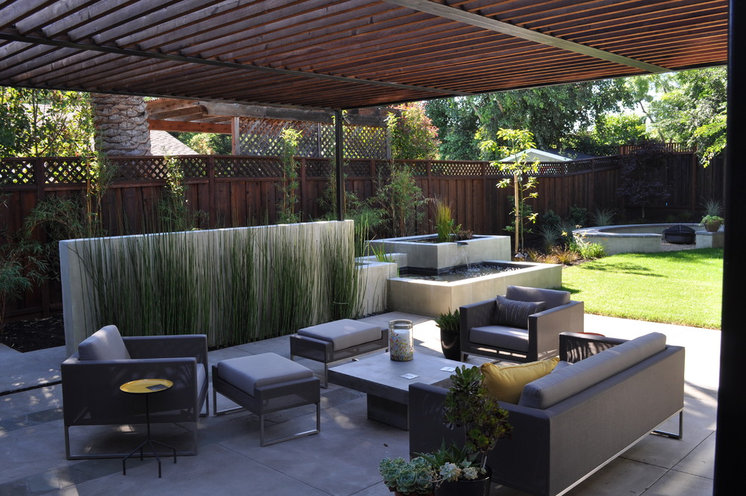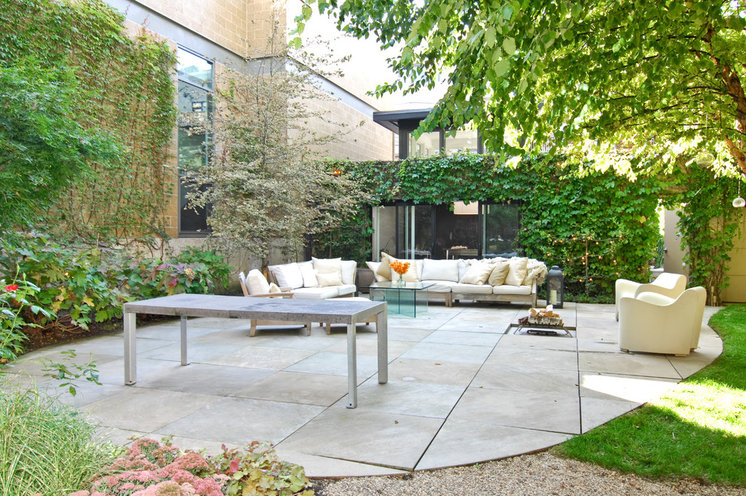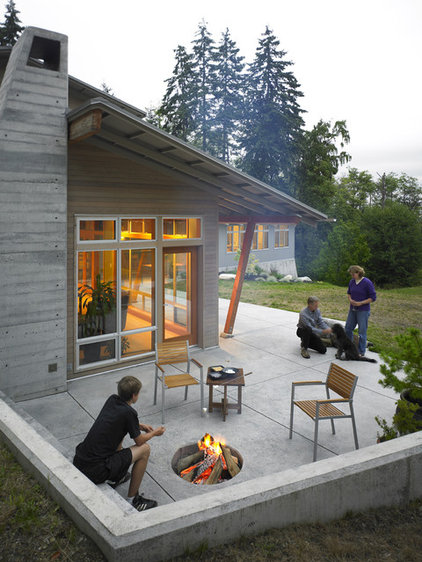“Whether you are preparing to sell your home, or just doing regular maintenance, these repairs will not only increase the value of your home, but help it retain it’s value over time.”
Denise Buck & Ed Johnson – Dc Metro Realty Team
While purchasing a house may mostly be about having a place to call “home,” it can also be seen as a lifetime investment. Making a few repairs—and even some cost-effective renovations—can not only skyrocket your home’s value, but can make it a more enjoyable place to live. We tapped into our network of Pros to uncover seven of the most valuable repairs you can make for the long term, whether or not you plan to sell in the future.
1. Fix Up the Exterior
As the saying goes, you don’t get a second chance to make a first impression, whether it’s with your new neighbor or a future buyer. Repairing any broken doors, damaged screens, or cracks in your front walk can really make a difference. You might want to consider having your siding pressure-washed, your trim repainted, or your landscaping spruced up.

(Credit: EpicStockMedia/Shutterstock)
2. Repair the Roof
Having a roof over your head is a moot point if that roof is in need of repair. A roofing contractor can make quick work of damaged or missing shingles, clogged gutters and detached flashing. While you’re at it, schedule a chimney cleaning—when’s the last time you had your flue inspected and swept? (Hint: You ought to have this done once a year.)

(Credit: Ruta Saulyte-Laurinaviciene/Shutterstock)
3. Address Plumbing Issues
If the roof doesn’t leak, neither should the plumbing. Hire a plumber to fix those slow drains, dripping faucets and poorly functioning water heater. Keep in mind that you may benefit most from installing a completely new water heater, especially if yours is 10 to 15 years old or more.

(Credit: Chalermchai Chamnanyon/Shutterstock)
4. Improve Interior Walls
If you’re looking to sell your home, you want a potential buyer to be able to visualize living in your home. And while you might love your unique color scheme (we don’t judge), you may want to consider painting your walls a more neutral palette. Ask your painter to patch any holes and sand down the walls while they’re at it to get the best effect.

(Credit: Photographee.eu/Shutterstock)
5. Replace the Flooring
Do you have scratched or buckling hardwood floors, outdated vinyl tiles from the 1970s, or carpet so dirty you can’t remember the original color? One of the fastest and easiest ways to reinvigorate your home is to replace the flooring. With so many options today—stain-resistant carpet, wood-look vinyl flooring, eco-friendly bamboo or cork—you’re sure to find a floor that you and future owners will love.

(Credit: photobank.ch/Shutterstock)
6. Renovate the Kitchen
You’ve probably heard it before: The kitchen sells the home. This adage is absolutely true, so if you’re looking for a larger renovation, start with the kitchen. New appliances, refaced cabinetry and stone countertops are a few of the most popular kitchen modifications that will help increase the value of your home.

(Credit: Photographee.eu/Shutterstock)
7. Update the Bathrooms
If your bathrooms look like they belong in the 1980s, it’s time for an update. You can go as low- or high-budget as you like, so talk to your contractor about where to spend your renovation budget to get the biggest impact. New fixtures and updated tile could be all it takes to bring your bathroom into the 21st century.

(Credit: Iriana Shiyan/Shutterstock)
Pro.com is a website founded in 2013 by service industry entrepreneurs and former Amazon executives to simplify home services — especially research on contractor fees and qualifications.














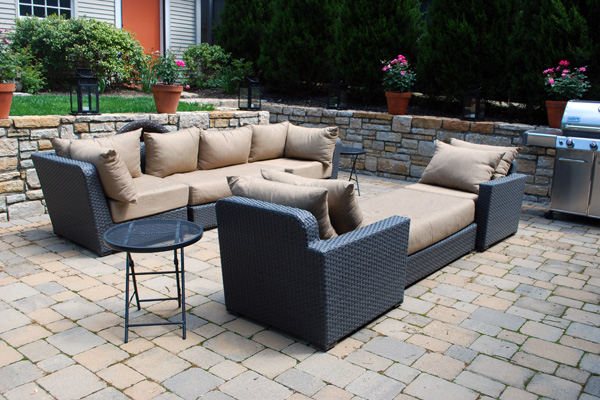
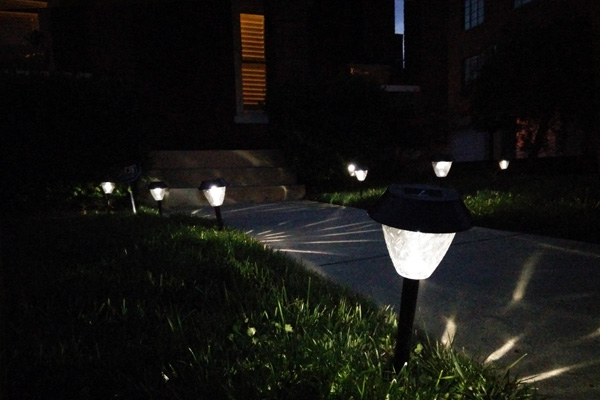 Image: Liz Foreman for HouseLogic
Image: Liz Foreman for HouseLogic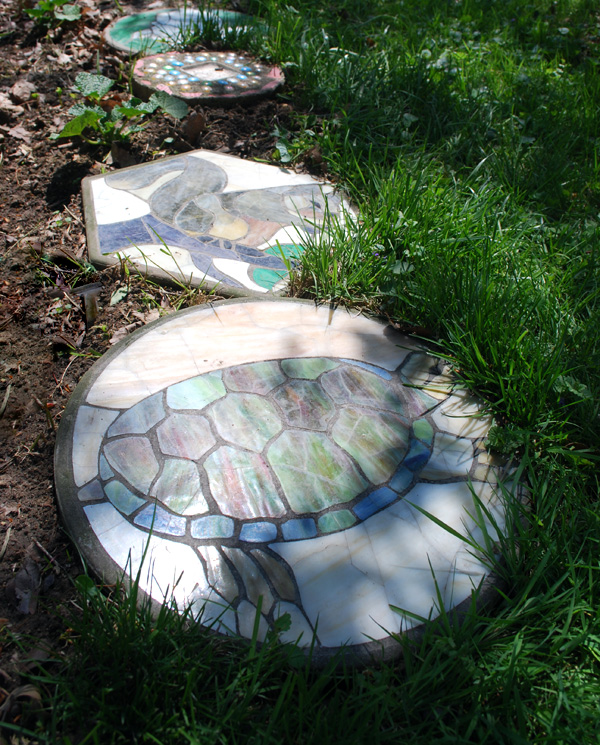 Image: Liz Foreman for HouseLogic
Image: Liz Foreman for HouseLogic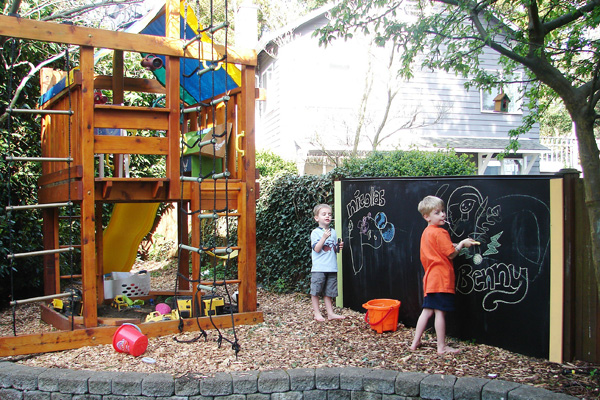 Image: Tasya Demers from
Image: Tasya Demers from 